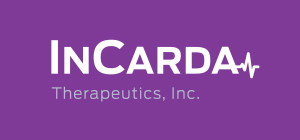Optimizing flecainide plasma concentration profile for atrial fibrillation conversion while minimizing adverse ventricular effects by rapid, lowdose intratracheal or intravenous administration
A.A. Marum, et al. | International Journal of Cardiology 2018
We investigated whether rapid administration of a low dose of flecainide, either intratracheally or intravenously (IV), could accelerate conversion of atrial fibrillation (AF) while reducing adverse ventricular effects. Methods: Flecainide was delivered via intratracheal administration at 1.5mg/kg bolus and compared to IV infusion at 1.0mg/kg over 2min (lower-dose, rapid) and 2.0mg/kg over 10 min (ESC guideline) in closed-chest, anesthetized Yorkshire pigs. Catheters were fluoroscopically positioned in right atrium to measure atrial depolarization (Pa) duration and left ventricle (LV) to measure QRS complex duration and contractility (LV dP/dt) during atrial pacing at 140 beats/min. Flecainide was delivered intratracheally via a catheter positioned at the bifurcation of the main bronchi. AF was induced by intrapericardial administration of acetylcholine followed by burst pacing.


